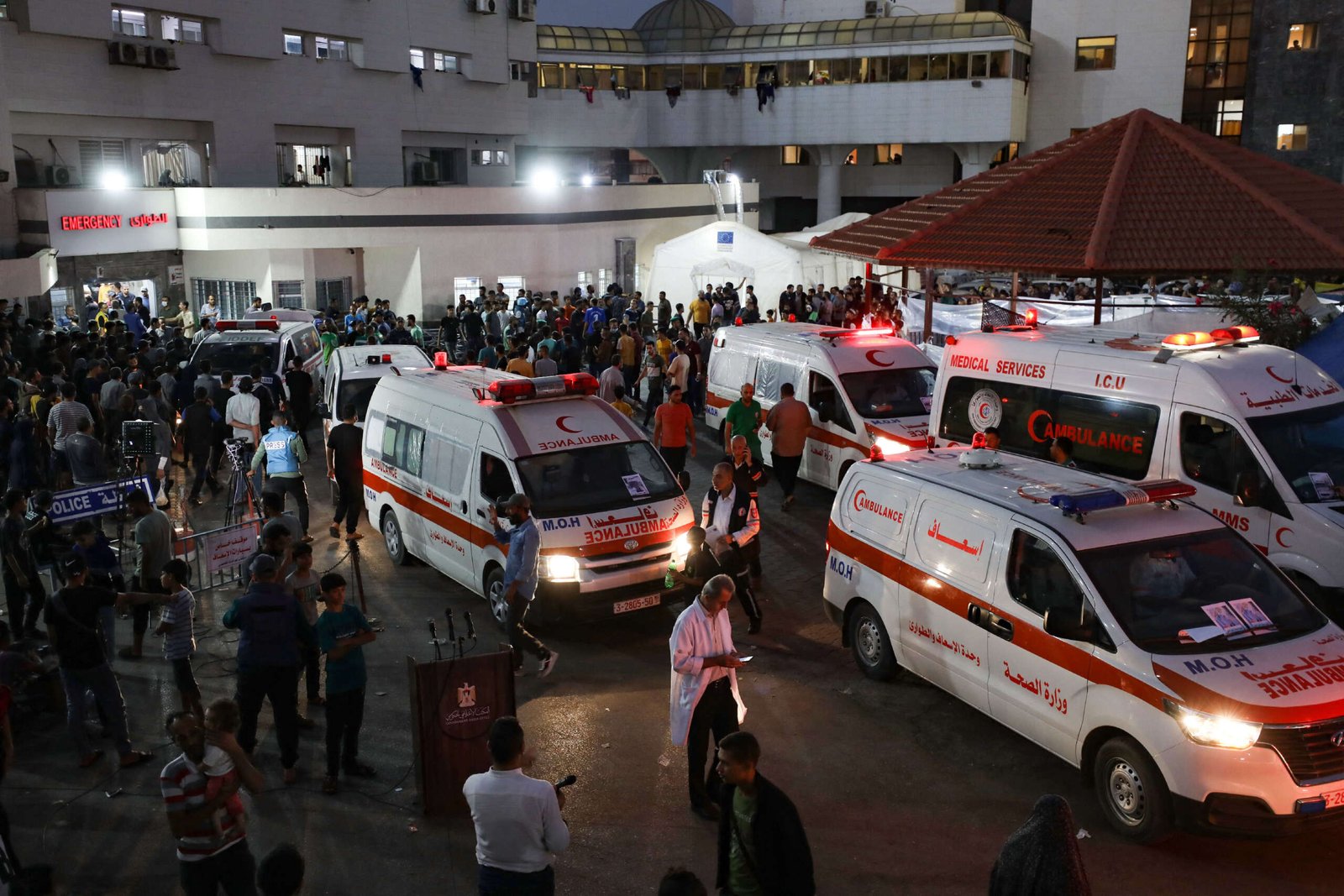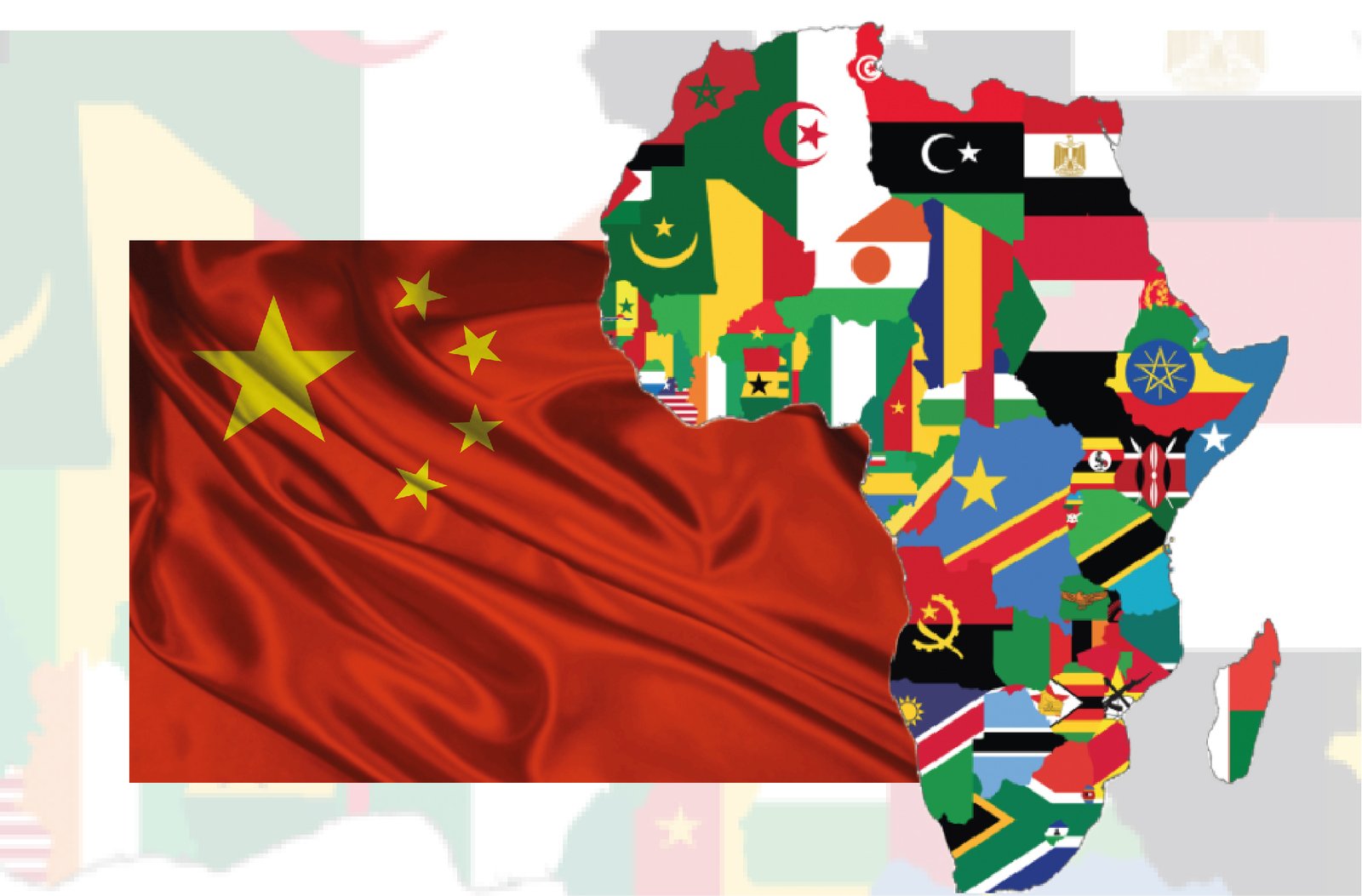Overview of the Prisoner Exchange
In a significant development during the ongoing conflict between Ukraine and Russia, a recent prisoner exchange agreement has made headlines, emphasizing its importance amid the backdrop of peace negotiations. This particular exchange involved a total of 220 individuals, with both sides sharing the responsibility of returning prisoners to their respective countries. The Ukrainian authorities confirmed that among the exchanged individuals were soldiers from various regions, including Kharkiv, Donetsk, and Luhansk, highlighting the geographic diversity of the personnel involved in the conflict.
The terms of the exchange were outlined by representatives from both Ukraine and Russia, who stated that the agreement is not only a humanitarian gesture but also a crucial step toward fostering dialogue in the ongoing peace talks. Previous agreements have often been fraught with tension and mistrust; however, this exchange has been portrayed as a potential turning point, indicating a willingness from both parties to engage in diplomatic discussions. The qualities of this exchange have had a profound emotional impact on the families of the personnel involved, resonating deeply within the communities affected by the conflict.
The context surrounding this agreement is significant, as the ongoing hostilities have created numerous situations requiring attention to human rights and humanitarian crises. The prisoner exchange underscores the complexity of the situation, as both Ukraine and Russia strive to balance military objectives with the necessity of addressing the emerging needs of their citizens. While the validity of such exchanges lies in the broader quest for lasting peace, this recent event may offer hope for future negotiations aimed at de-escalating tensions and finding common ground in the resolution of longstanding grievances. Overall, the exchange serves as a reminder of the human element intertwined with geopolitical conflicts, which are often overshadowed by military strategies and political maneuvers.
Reactions and Emotional Impact
The recent prisoner exchange between Ukraine and Russia has elicited profound emotional responses from families and communities directly affected by the outcomes. As news broke regarding the exchange, individuals connected to the soldiers involved experienced a tumult of emotions ranging from hope to despair. Families of Ukrainian soldiers awaiting news found themselves in a state of uncertainty, grappling with both the joy of potential reunions and the anxiety of the ongoing conflict, which often leaves them yearning for closure.
The complexity of loss becomes particularly pronounced when considering the experiences of those who have lost loved ones in the conflict. For many families, the exchange symbolizes not only a pathway to regain their loved ones but also a reminder of the void left by those who have not returned. The emotional weight is further compounded by the broader community’s reactions, as neighbors, friends, and fellow citizens rally around the families, creating a collective atmosphere of support. However, this solidarity can also stir feelings of guilt among families who have been fortunate enough to have their loved ones return safely, leading to an intricate dance of emotions within communities.
Additionally, the grieving process is often extended as families await any information regarding their missing loved ones, leading to an emotional rollercoaster that influences their day-to-day lives. As some families celebrate the return of their relatives, others are left to confront the agonizing uncertainty of their loved ones’ fate. The fallout from the prisoner exchange is not limited to individual experiences; it reverberates through entire communities, reinforcing bonds among those who share in the burden of loss, love, and longing amidst an ongoing conflict.
The Logistics Behind the Exchange
The recent prisoner exchange between Ukraine and Russia underscores the intricate logistics involved in such sensitive operations. Coordinating these exchanges requires meticulous planning and engagement from multiple parties, often including international organizations or observers to facilitate a neutral environment. The logistical challenges arise not only from the technical aspects of the transfer but also from the underlying geopolitical tensions that can complicate negotiations.
During the exchange process, both Ukrainian and Russian officials must ensure clarity in identifying the prisoners and the deceased soldiers involved. This identification process can be fraught with difficulties, given the conditions under which many soldiers operate. Accurate identification is paramount to maintain the integrity of the exchange and to prevent any potential diplomatic faux pas. In many cases, this involves forensic examinations, DNA testing, and cross-checking information within military records to confirm identities thoroughly. Any discrepancies could lead to significant consequences, both for the families involved and for the respective governments.
The role of communication between the opposing parties is crucial in ensuring that the logistics run smoothly. Typically, this will involve diplomats engaging in discussions to outline the terms of the exchange, including the timing and location. These negotiations can be prolonged due to the complex nature of diplomatic relations, as trust may be limited on both sides. Furthermore, the involvement of international observers or non-governmental organizations can help bridge the gap, ensuring a level of transparency and accountability that fosters confidence in the process.
In conclusion, the logistics of executing a prisoner and body exchange between opposing parties like Ukraine and Russia are multifaceted, requiring careful coordination and communication. Addressing the challenges of identification and negotiation reflects the delicate balance states must maintain amidst conflict, aiming for reconciliation even in the most turbulent circumstances.
Historical Context of Body Repatriation in the Conflict
The conflict between Ukraine and Russia, which has persisted since 2014, has not only transformed political landscapes but has also deeply impacted humanitarian efforts, particularly regarding body repatriation. Throughout these years, various exchanges have occurred, reflecting the complex relationship between warfare, international law, and human dignity. Body repatriation refers to the process of returning deceased soldiers to their home countries, an important step in respecting the rights of the individuals and their families.
In the early years of the conflict, particularly after the annexation of Crimea and the initiation of hostilities in Eastern Ukraine, efforts to repatriate bodies were sporadic and often fraught with challenges. Reports indicated that by late 2015, around 1,000 bodies had been repatriated from both sides. This number highlighted the significant human toll of the conflict and underscored the urgent need for organized exchanges as a matter of humanitarian concern.
As the conflict evolved, so too did the protocols surrounding body repatriation. In 2019, a notable development occurred when both Ukraine and Russia agreed on a larger-scale exchange, which facilitated the return of dozens of bodies in a more structured manner. These agreements indicate a growing recognition of the humanitarian need to handle war casualties with respect, even amidst ongoing hostilities. Importantly, body repatriation efforts have provided a critical avenue for families to achieve closure, which has become an essential factor in the resolution of grief during this protracted conflict.
Overall, the context of body repatriation within the Ukraine-Russia conflict illustrates the intricate blend of humanitarian needs and geopolitical considerations. The ongoing challenges and changing dynamics highlight the importance of continued dialogue and mutual agreements, as the families of the deceased yearn for the return of their loved ones in these challenging times.






